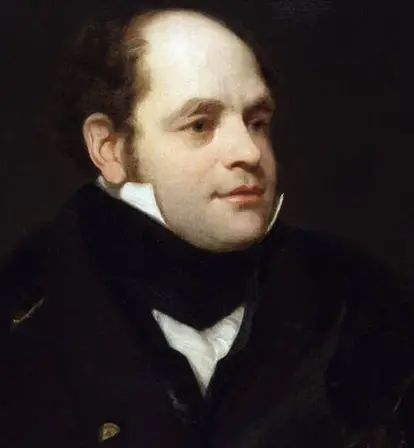Sir John Franklin joined the British Royal Navy at 14 and went on to explore uncharted corners of the globe, but he's largely remembered for his failed Arctic expedition that ended in cannibalism.
Sir John Franklin had seafaring in his bones. He was just 14 when he joined the British Royal Navy and from there went on to become a decorated captain.
Franklin’s discipline and curiosity took him on expeditions around the globe. His wealth of experience traversing the Arctic eventually landed him a noble enterprise: to search for the lucrative Northwest Passage. Franklin thus embarked on one of the most infamous, doomed expeditions in seafaring history.
When he set sail with 134 men in 1845, the seasoned captain couldn’t have known that the Franklin Expedition would end in mutiny, murder, and cannibalism.
But before meeting his dark end aboard an expedition that bore his name, John Franklin lived a life of intrigue, danger, and adventure.
Sir John Franklin Found His Sea Legs At A Young Age
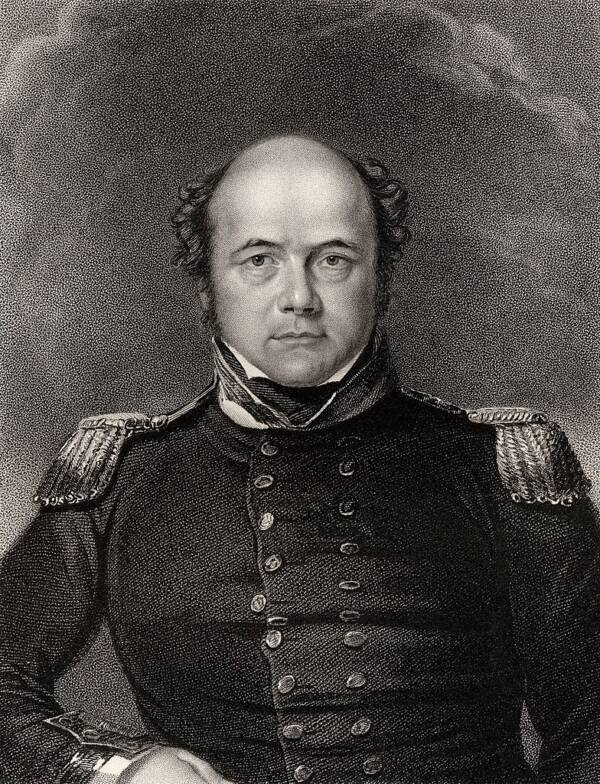
Wikimedia CommonsFranklin’s life was full of casualties, as his beloved first wife died young of tuberculosis.
John Franklin was born in Spilsby, Lincolnshire in England on April 16, 1786. He was the youngest son and ninth child in a family of twelve. The Franklins had been yeoman farmers for generations, but patriarch Willingham Franklin became a merchant shortly before John Franklin was born.
The older Franklin purchased a small country estate where his children shared in their father’s discipline and ambition. Unfortunately, one Franklin child died young, another became an invalid, and the eldest committed suicide.
As a boy, John Franklin studied and boarded at the King Edward VI Grammar School in Louth, where a trip to the coast inspired his maritime curiosity. His father had wanted him to become a clergyman and arranged for him to go on a merchant voyage to Lisbon as a cabin boy, but this plot failed. While at sea, Franklin learned he wanted to be a seaman.
Franklin later wrote that it was neither the “attractive uniform” nor the “hopes of getting rid of school” that drew him to the sea. He had “pictured to myself both the hardships and pleasures of a sailor’s life (even to the extreme) before ever it was told to me.”
And so on Oct. 14, 1800, he formally entered the Royal Navy as a first-class volunteer. He was 14 years old.
He Ventured To The Arctic Multiple Times Before His Doomed Journey
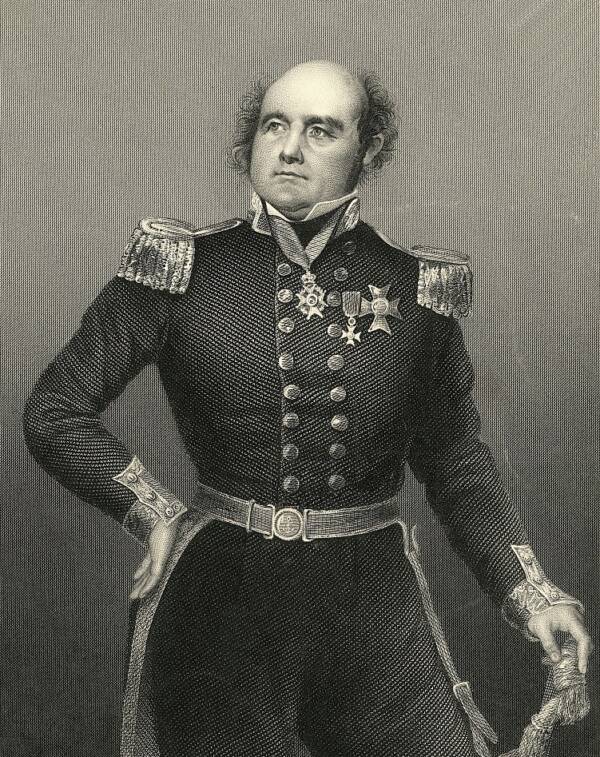
Wikimedia CommonsFranklin was not only knighted, but he also became the lieutenant governor of Tasmania, Australia.
Just a year later, Franklin tasted combat for the first time in the Battle of Copenhagen. A few months after that, he was selected to join Lieutenant Matthew Flinder’s expedition to Australia, which lasted two years.
A letter from October 1802 revealed that Franklin had also been studying naval tactics, navigation, geography, Latin, and French, as well as the works of William Shakespeare and Alexander Pope. Meanwhile, Flinders taught him astronomy and surveying.
“John Franklin approves himself worthy of notice,” Flinders reported from Sydney. “He is capable of learning every thing that we can shew him, and but for a little carelessness, I would not wish to have a son otherwise than he is.”
In 1803, a young Franklin was forced to show what he was truly made of when he and 93 others became stranded on a piece of coral only a quarter-mile wide just northeast of mainland Australia. They were stuck there for two months. But Franklin survived and even went on to partake in the Battle of Trafalgar in 1805, where he was one of seven out of a crew of 40 to make it out alive.
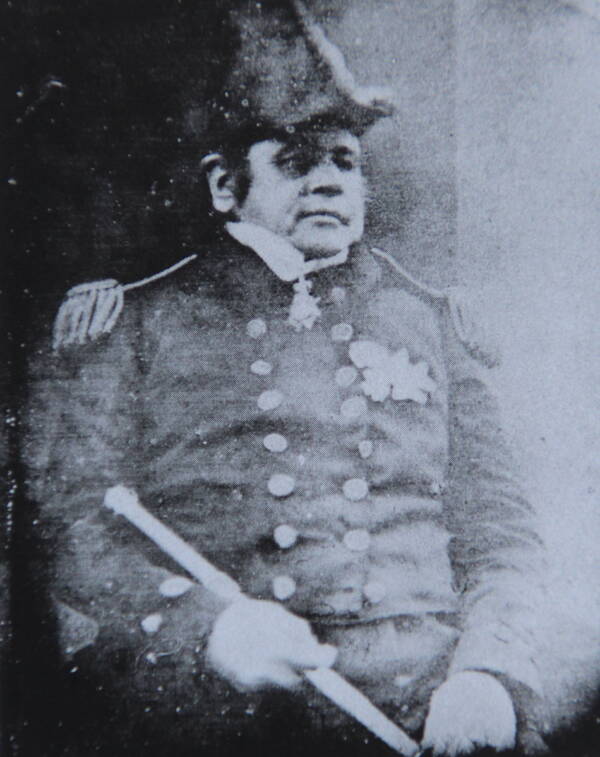
Wikimedia CommonsFranklin was deeply religious and felt his fame as a celebrate naval captain was undeserving.
After escorting the Portuguese royal family to Brazil, Franklin ventured to the North Pole from 1818 to 1822, where he surveyed the east coast of Canada’s Coppermine River. He published his adventures there in Narrative of a Journey to the Shores of the Polar Sea, and was consequently promoted to the position of Commander within the Royal Navy. He amassed a small amount of fame.
But as Franklin once confessed to his new bride, Eleanor Porden, he disliked such recognition. As a deeply religious man, he felt this type of merit should only come from “Divine Providence.”
Meanwhile, his daughter Eleanor Isabella was born in June 1824. His young bridge died of tuberculosis the following February. Depressed, Franklin set sail for a second overland expedition in the same region of the Arctic between 1825 and 1827. The expedition would prove incredibly fruitful.
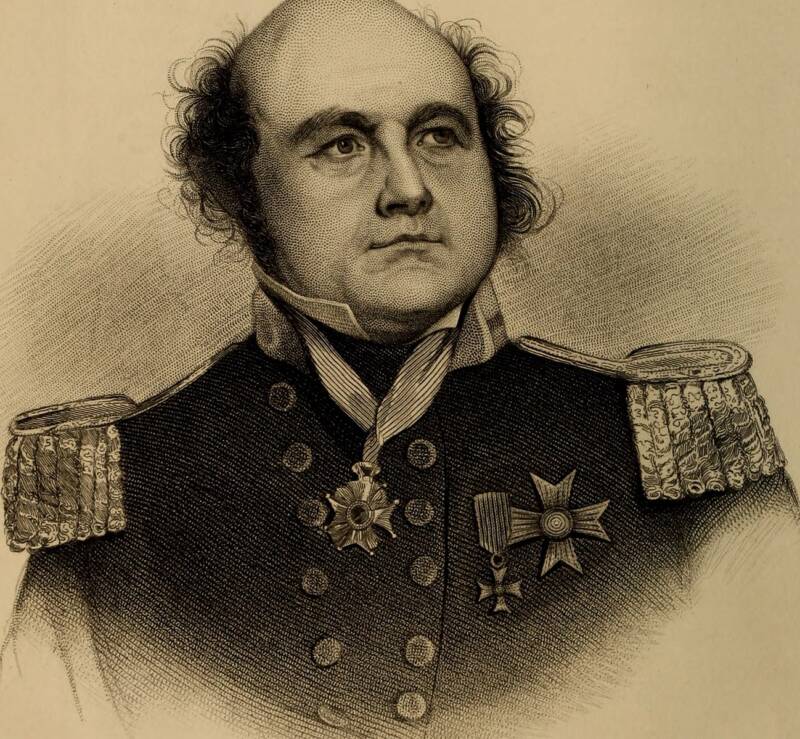
Wikimedia CommonsAn avid reader, Franklin devoured the works of William Shakespeare and Alexander Pope.
Franklin’s exploration of the North American coast from Canada to Point Beechey in Alaska illuminated 1,200 miles of the continent’s coastline for the first time. He was knighted for the discovery in 1829.
In 1836, Sir John Franklin was made governor of Tasmania before he ventured out to the Arctic for one final time in 1845.
Embarking On The Doomed Franklin Expedition
Sir John Franklin wasn’t the Royal Navy’s first choice to seek the Northwest Passage, which was believed to be a direct trade route to the Pacific.
The second secretary of the Admiralty, John Barrow, had initially selected a man named James Ross to spearhead that expedition. But Ross declined, leaving Barrow to tap his second choice, Franklin, for the mission.
Locating the Northwest Passage would be a lucrative endeavor for Britain, as the shortcut to Asia would make for far more efficient trade and it had yet to be discovered by other major powers.
Barrow believed that the route he proposed through the Arctic consisted of open sea, but John Franklin knew better. He made sure that the two ships, the HMS Erebus and HMS Terror, were reinforced to withstand the harsh conditions of heavy ice which Franklin had anticipated they’d encounter.

Wikimedia CommonsWilliam Smyth’s Perilous Position of the ‘HMS Terror.’
Now 59 years old, Franklin knew that if the crew had to venture overland at any point, they’d likely die in the frozen tundra. He insisted that the vessels be fitted with auxiliary steam engines and supplemented with as much meat as possible to ensure that they’d never have to disembark for food.
On May 19, 1845, 134 sailors and officers set sail with three years’ worth of food, which consisted of over 32,000 pounds of meat, 1,000 pounds of raisins, and 580 gallons of pickles. The two ships made stops in Scotland’s Orkney Islands and Greenland before setting course for Arctic Canada.
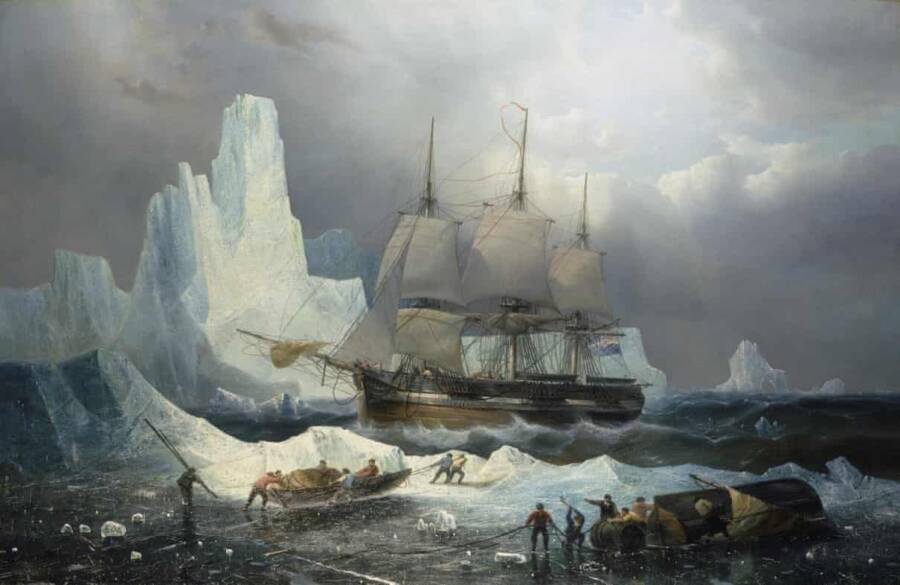
National Maritime MuseumFrancois Etienne Musin’s Erebus on Ice, 1846.
Five men were discharged in the first few months of the voyage, allegedly because the pious Captain Franklin was displeased with their drinking and cursing. Those men returned home, escaping the fate of their shipmates.
The last time anyone saw the two ships was in July 1845, when two whaling vessels witnessed them cross from Greenland to Canada’s Baffin Island.
What happened next remains a mystery. However, most historians agree that the ships likely became trapped in ice off the west coast of King William Island. Unfortunately for the crew, this was a terribly desolate hunting area. As rations ran low, desperation grew.
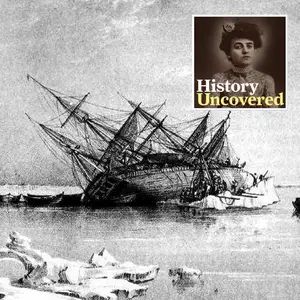
It was later discovered that poor tinning of the food likely caused lead poisoning in the sailors. They also would have fallen victim to starvation and malnutrition.
Even though the ships remained intact as they locked into the ice, Franklin and his men would have had to abandon ship in order to find more food, which Franklin had feared. Later discoveries would provide a harrowing glimpse into what else transpired over the next few weeks.
Franklin’s Lost Expedition Is Rediscovered
The disappearance of the Franklin Expedition took Britain by storm. The country launched over 40 expeditions to find Franklin and his men. Franklin’s second wife, Jane Griffin, wrote a letter for each rescue attempt to deliver to her husband should they find him.
But Franklin was likely already dead.
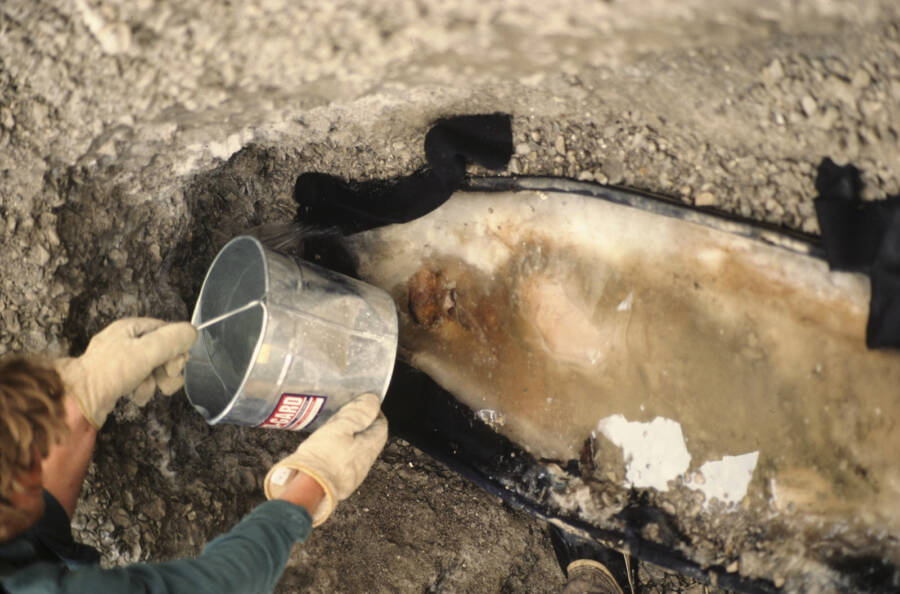
Brian SpenceleyOne of the crewman, John Hartnell, being exhumed from his grave on Beechey Island in 1986.
In 1854, Scottish explorer John Rae discovered three graves on Beechey Island dated 1846. Local Inuits there were found with possessions belonging to Franklin’s crew and they showed Rae a pile of human bones some distance from their settlement. Many of the bones had been cracked in half, suggesting that the crew had resorted to cannibalism while onshore.
Then, in 1859, a note was discovered by Francis Leopold McClintock’s rescue party at Victory Point on King William Island. The letter was dated April 25, 1848, and signed by Francis Crozier, who had taken command of the expedition after Franklin died. The note confirmed that the ships had been abandoned with only 105 men left alive by May 28, 1847.

Brian SpenceleyJohn Hartnell after 140 years in the ice.
Crozier explained that the crew would attempt to reach Great Fish River. There, they believed they would find an outpost. It appears Crozier’s men never made it and resorted to cannibalism on their way.
Then, the trail for the crew went cold. It would be another century before more clues about the failed Franklin Expedition would be found.
In 1984, anthropologist Owen Beattie rediscovered the three unmarked graves on Beechey Island which contained the bodies of sailors John Torrington, John Hartnell, and William Braine. The bodies were exhumed in 1986 and confirmed that Franklin’s crew had suffered from lead poisoning. Those three bodies remain buried on Beechey Island to this day.
As for the Erebus, it was found by Parks Canada in 36 feet of water off King William Island in 2014. Miraculously, Erebus was found exactly where the Inuits had told John Rae it would be in 1854. But as Parks Canada’s Ryan Harris explained, the word of an Inuit meant little more than folklore to the Englishmen in the 1800s.
Meanwhile, the Terror was discovered by the Arctic Research Foundation in 2016 in a bay 45 miles away and in 80 feet of water. As for Sir John Franklin’s body, nobody knows where it rests, but that doesn’t stop Harris from speculating. “It may well be on the Erebus,” he said. “He could be on board in a casket in the hold.”
If so, Franklin would have gone down with his ship — a fitting end for a man of the sea.
After reading about John Franklin and the lost Franklin expedition, take a look at these 33 breathtaking photos of early 20th-century Antarctic expeditions. Then, learn about Roald Amundsen and how he became the first man to reach both Poles — and then mysteriously vanished.
